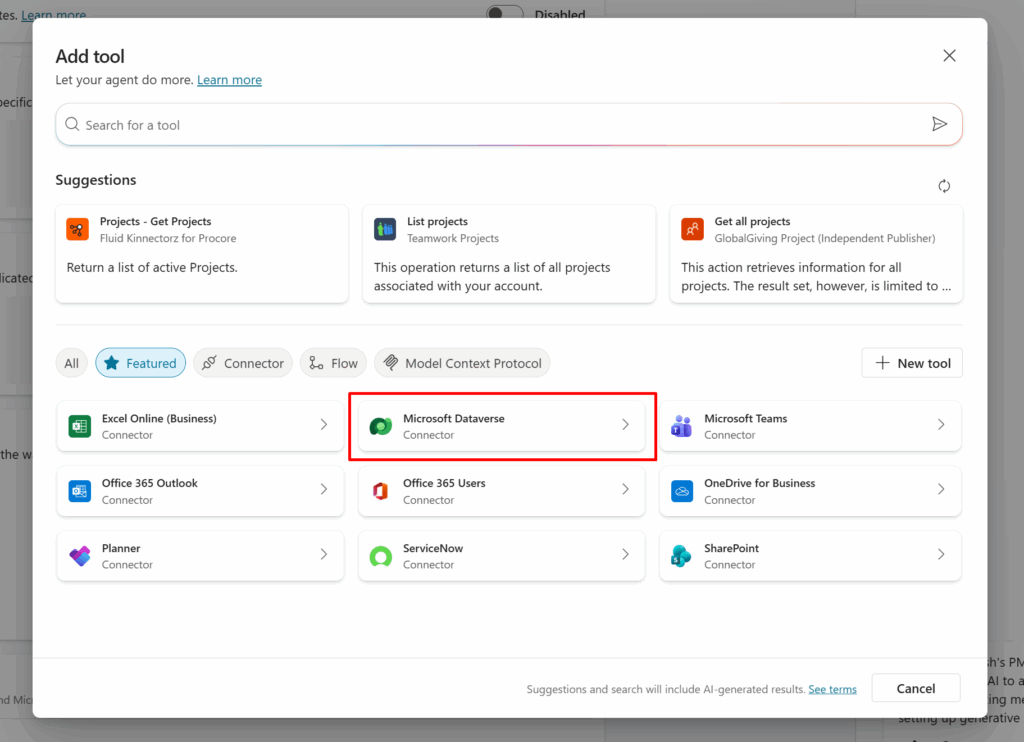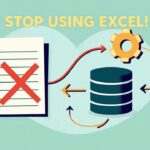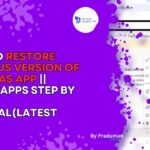Now Reading: What’s Next for Nevermore – The Future of ALM on the Power Platform
-
01
What’s Next for Nevermore – The Future of ALM on the Power Platform
What’s Next for Nevermore – The Future of ALM on the Power Platform
Twelve blogs later, and we’ve walked through nearly every part of Nevermore Technology’s ALM strategy—across five Dynamics 365 instances, dozens of environments, and more apps than anyone wants to manually deploy.
But ALM isn’t something you finish. There’s no “job done” moment. Instead, it’s a living, breathing process that adapts as your business, team, and technology evolve.
So what’s next for Nevermore?
Strengthening Self-Service with Guardrails
As Nevermore’s Power Platform adoption grows, more business units want to create their own apps and flows. That’s great—but also a potential recipe for chaos if not handled well.
To meet demand without losing control, the next step is expanding self-service with structured guardrails:
- Pre-approved solution templates for different app types
- Pipelines that can be triggered without DevOps knowledge
- Role-specific Dev environments that auto-expire unless extended
- A self-service CoE portal where teams can request new environments, apps, or changes
The goal is to give autonomy without sacrificing quality or compliance.
Doubling Down on Pipelines
Nevermore’s current Power Platform Pipelines work well—but they want to take it further. Coming soon:
- Parallel deployment support for faster releases across multiple instances
- Custom notifications that integrate with Microsoft Teams and Azure Monitor
- Pre-deployment test harnesses for solutions with complex plugins
- Snapshotting of environments before and after deployments for easier rollback and diagnostics
They’re also working on consolidating some of the custom deployment scripts into a more maintainable GitHub Actions workflow to reduce dependency on niche team knowledge.
Building Out Automated Testing
This is an area that’s been under heavy discussion.
They’ve started using EasyRepro for UI-level testing in model-driven apps and are experimenting with:
- PowerFx test scripts for canvas app logic
- Power Automate flow test harnesses
- Mocked API endpoints for integration flows
Their goal is to move toward test-first deployments, where releases can be blocked automatically if core functionality fails.
Maturing the CoE
The CoE Starter Kit gave them a strong baseline, but Nevermore is planning a few key enhancements:
- Adding governance scorecards per team, based on app usage, ownership, and update cadence
- Extending the app registry with support SLAs and risk categorisation
- Creating training dashboards that track maker skills against CoE-recommended practices
- Enabling cross-instance analytics to understand solution dependencies across the entire tenant
This will help the governance team shift from reactive to proactive support and make informed decisions about where to invest further ALM effort.
Exploring AI and Copilot Integration
Nevermore is keeping a close eye on AI-driven features, particularly how Copilot in Power Platform could support:
- Generating test cases from user stories
- Summarising solution changes in natural language
- Surfacing data usage patterns that could inform solution refactoring
- Generating environment-specific documentation automatically
There’s excitement here—but also caution. The ALM team is prioritising verifiability and transparency over just chasing innovation.
Aligning with Enterprise Architecture
As Power Platform becomes more embedded in Nevermore’s enterprise stack, it’s no longer “just a productivity tool.” It now sits alongside ERP, Finance, and HR systems.
To keep it sustainable, they’re investing in:
- Federated governance so each business unit has a Power Platform lead
- Enterprise data models that unify core tables across instances
- Solution design standards that align with the organisation’s broader architecture principles
This keeps the ALM effort integrated, not isolated—and ensures Power Platform plays well with the rest of IT.
Final Reflections
Twelve blogs in, and Nevermore’s journey shows what’s possible when ALM is treated seriously, from day one. They didn’t start with everything figured out. They didn’t avoid mistakes. But they kept going, kept learning, and kept their eyes on long-term scalability.
If there’s one lesson from this entire series, it’s this:
ALM isn’t just about tools. It’s about trust.
Trust between devs and makers. Between business units and IT. Between governance teams and the people actually doing the work.
Nevermore’s next chapter will be shaped by that trust—and the infrastructure they’ve built to support it.














